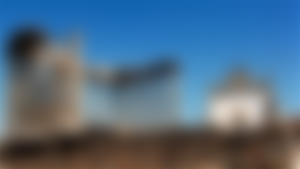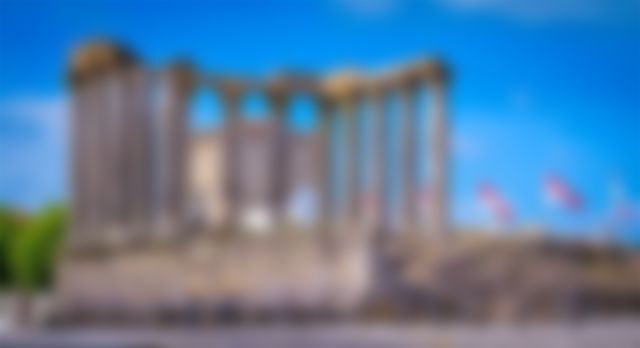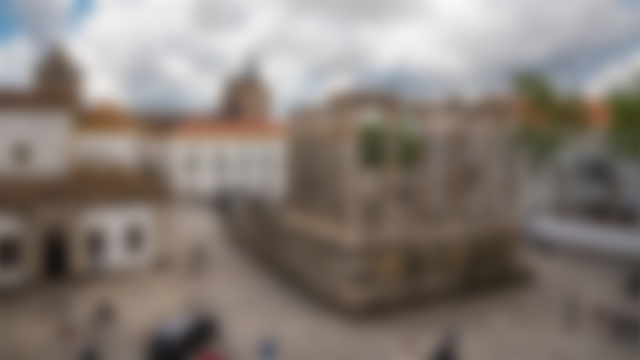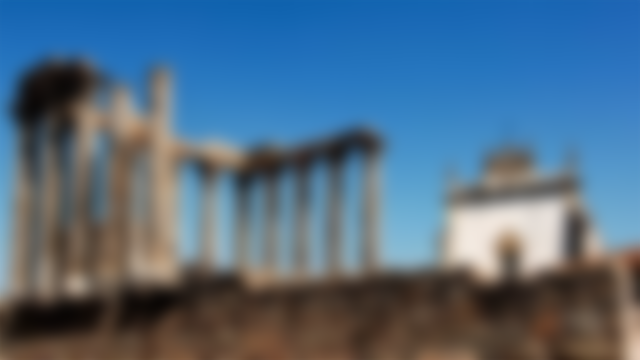The Roman Temple of Évora is one of the monuments that can be found in the historical center of Évora, in Alentejo - Portugal, which has been classified as a World Heritage Site by UNESCO. The Roman Temple of Évora, symbol of the Roman presence in the Iberian Peninsula, is one of the most famous landmarks in the city and is classified as a National Monument.
It can be found at Largo Conde de Vila Flor, in the parish of Sé e São Pedro, in Évora. Around you can find the Church and Convent of Lóios, the Cathedral of Évora, the Museum and the Public Library of Évora.

The construction of the Roman Temple of Evora dates back to the first century, when Evora was known as Liberatias Iulia. The Temple was built in the center of the Liberatias Iulia forum (main square). Later, in the second and third centuries, the building underwent some architectural changes.
With the Germanic invasions of the fifth century, Évora was practically destroyed in its entirety, and from the Roman forum, only the remains of the temple, which continue to this day.
In the Middle Ages, the ruins of the Roman Temple had been incorporated into one of the towers of Évora Castle, having continued its columns, architraves and base embedded in the walls of the Castle. Between the fourteenth century and the year 1836, the temple, which had been transformed into a tower, was used as a butcher's shop, and thanks to this use the remains of the temple were protected from further destruction.

In 1871, the Italian architect Giuseppe Cinatti was hired to recover the Roman Temple of Évora, removing the elements that had been added during the Middle Ages, restoring the building.
Currently, the Roman Temple of Évora still maintains its complete base, having this rectangular shape, measuring 15m wide, 25m long and 3.5m high. The base was made with granite blocks. On its south side was a staircase that is now in ruins.

At the rear of the temple we can find fourteen granite columns, many of them still retaining their Corinthian capitals that support the architrave. While the columns and architrave were built of granite, the capitals and the bases of the columns were made of white marble originally from Estremoz.
Among the many original elements that no longer exist are the temple portico, which was originally a hexastile, and also the water mirror that surrounded the temple.
Although the Roman Temple of Évora isn't currently complete, a visit to this monument helps us to imagine the opulence this building would have in the past.




